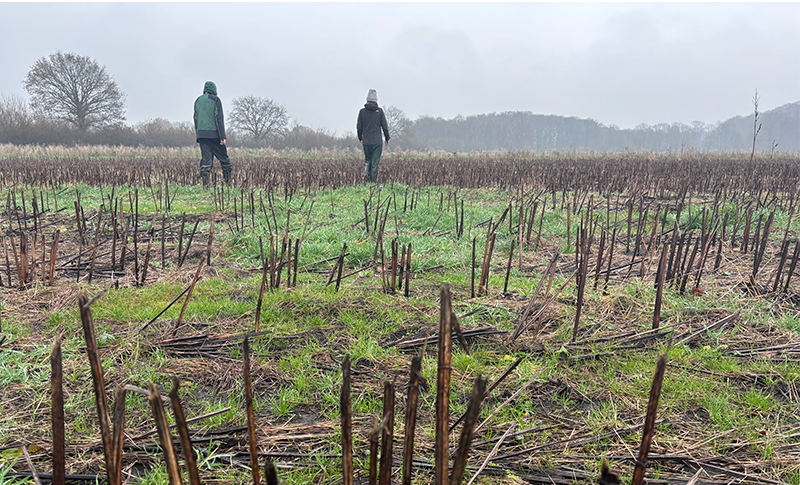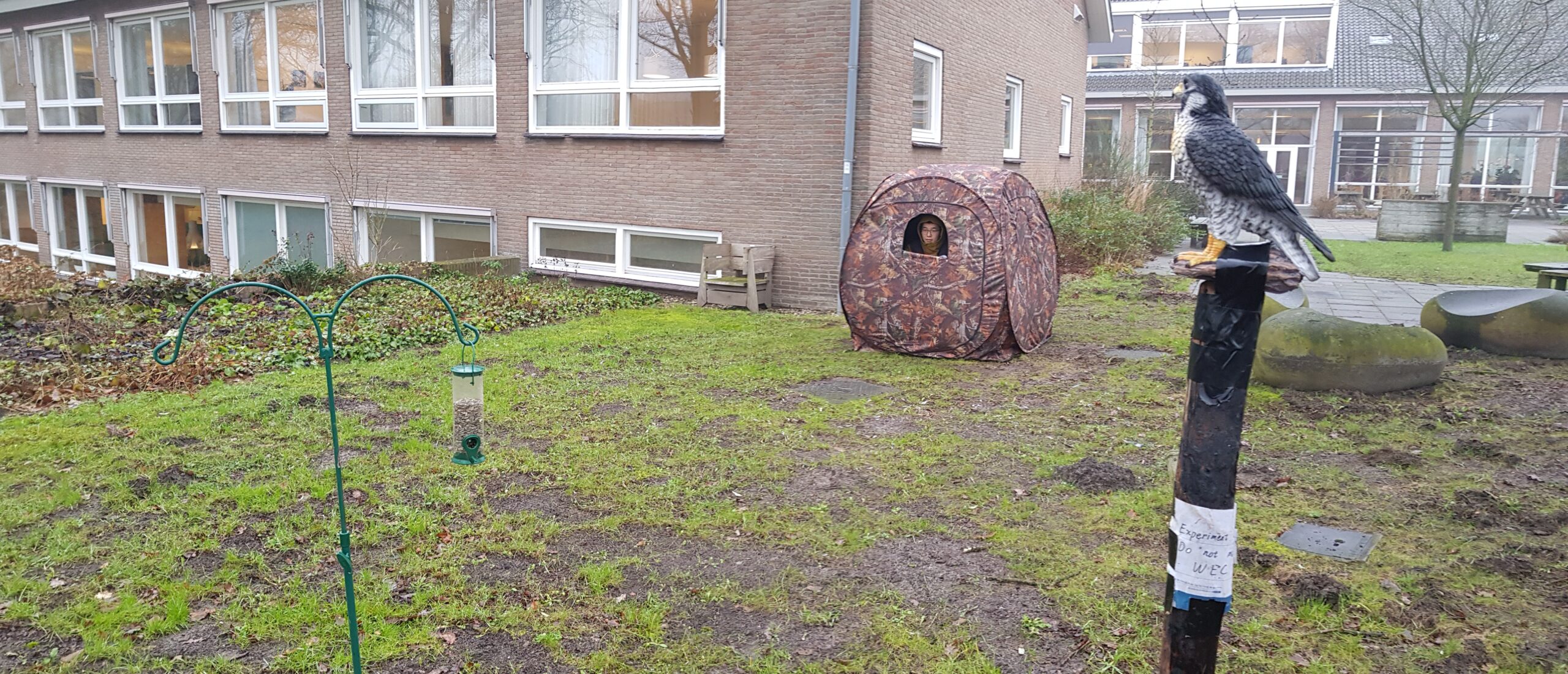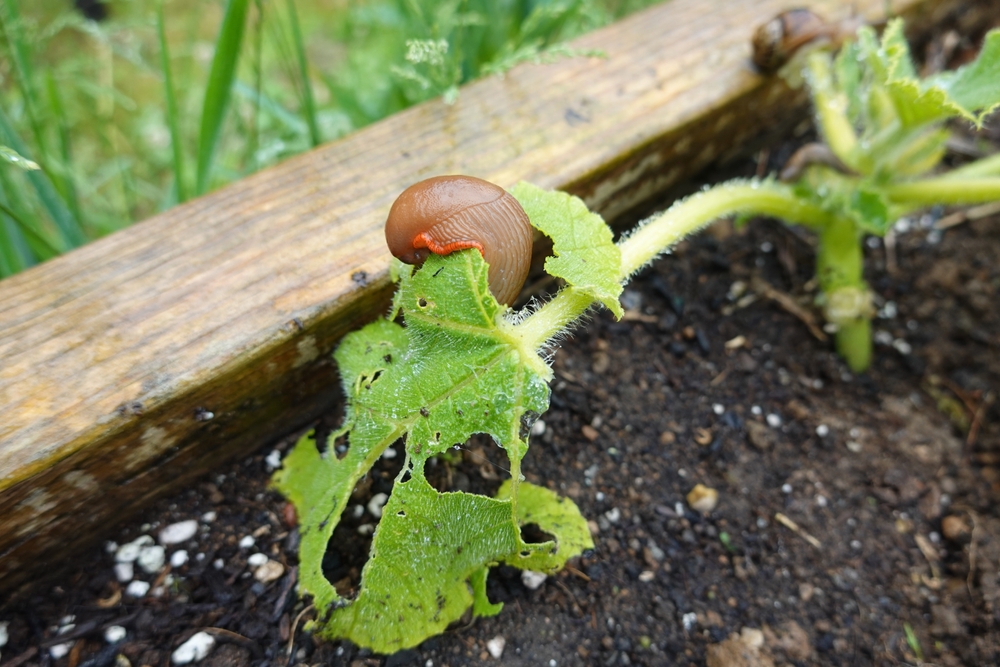Research assistants Bart Burger and Anna de Rooij hadn’t walked more than 20 metres into the field before they heard the distinctive wingbeat of a flock of partridges fluttering up from the vegetation near the strips of stubble. At least 10 of them, a good start to a day of counting field birds.
Burger and De Rooij are on the road as field assistants for CropMix, the research programme on the question of how crop diversity (or more precisely, strip cultivation) can speed up the transition to a more sustainable farming system. The programme studies both the socio-economic aspects and the agro-ecological aspects of the question. Field bird counts on the 25 arable farms participating in CropMix play a key role in the latter.
For Burger and De Rooij, today’s task is a field bird count on the CropMix farms in the districts of Twente and the Achterhoek, starting at the Deldener es, a spot that perfectly illustrates the Twente concept of ‘oale groond’ (literally: old land). A rolling landscape formed during the second-to-last ice age, full of fields surrounded by hawthorn hedges and dotted with old oak copses. This countryside is part of the nearly 700-year-old Twickel estate, which has been farmed for generations. For a few years now, some of the land has been leased to Arjen and Winny van Buuren, who run a mixed farm (two in fact: De Zenderense Es and De Velhorst), where they participate in CropMix.
Weeds or wildflowers
The impressively large spear thistle rosettes in this strip-cropping field are evidence of the Van Buurens’ organic and nature-inclusive approach – you won’t find many thistles of that size on the CropMix farms using more intensive farming methods. ‘Arjen and Winny don’t talk about weeds, but about wildflowers,’ confirms Burger. Birds and small wild animals flourish under this kind of farm management, judging by the outsized hare zigzagging across the field and the flock of goldfinches colouring the leaden winter sky.
The abundant life on and around the strip cultivation is in sharp contrast to the next field the field assistants monitor for ‘interaction’, to use its official name, between field birds and the plot. In other words: birds that rest or nest, forage or scratch around there. Just flying over doesn’t count, but flying up from the ground does.
We hope to find out how attractive strip cultivation is for field birds
The main difference between the strip-farmed field and this reference field is that here a single crop was grown last season – in this case, barley. During the 10 minutes per field allocated to the inventory, Burger and De Rooij register only a hare here – there is not a bird to be seen.
In order to gather even more data for comparison, they also conduct an inventory on a third type of plot: a ‘bird field’ sown with a mix specifically designed for birds. This field is chock-a-block with withered sunflowers and teasels, whose seeds are favoured by the likes of goldfinches and bramblings. On closer inspection, it even turns out to harbour some late flowering of species known to attract insects, such as yarrow and oilseed rape. These are valuable foraging locations for birds, especially in midwinter.
Attractive land
‘By carrying out counts for a variety of types of fields, we hope to find out more about exactly how attractive strip cultivation is for field birds,’ explains Burger. Because a lot of questions remain unanswered. Do more field birds brood on land with strip cultivation than on conventional fields? Does strip cultivation increase insect numbers in the crops – and thereby the food supply for field birds? And does it matter how wide or narrow the strips are, which crops are combined on them, and whether they are annual or perennial crops?
In search of answers to these and other agro-ecological questions, the field assistants are criss-crossing the Netherlands to collect data from participating farms. They do this in all seasons. ‘We are now visiting this farm for the eighth time this year,’ says Burger. ‘We have already done inventories of earthworms, ground beetles and flying insects, for instance.’ That is interesting too, but not as nice as the field bird inventory, to De Rooij’s mind. ‘With the small animals such as beetles and insects, the determination is done in the lab and what we do in the field is mainly setting and emptying traps. With the field birds, it’s all about observing and determining on the spot,’ she explains as she raises a finger to alert us to the call of a snipe. What was her most exciting observation? ‘A short-eared owl, on a conventional farm in Didam, the Hoalderkamp – precisely on a day when Bart didn’t come along, whereas he’s the more fanatical birdwatcher of the two of us.’
Research context
Besides the research on the field birds (with Rik Waenink as PhD researcher), CropMix includes another 20 research projects, with about the same number of PhD researchers and two postdocs. Most of these projects address specific questions posed by crop farmers and others involved in the transition to ecological farming methods. The projects have been clustered in three work packages: agro-ecology, institutional change and socio-economics, and technology and logistics. These are explained in more detail on the CropMix website.
Also read:

 Field assistants Bart Burger and Anna de Rooij walk across the fields, carefully noting which birds ‘interact’ with a specific plot. They are doing this all over the Netherlands, at all the 25 arable farms taking part in CropMix. The photo is of farm Deldener Es in Twente.
Field assistants Bart Burger and Anna de Rooij walk across the fields, carefully noting which birds ‘interact’ with a specific plot. They are doing this all over the Netherlands, at all the 25 arable farms taking part in CropMix. The photo is of farm Deldener Es in Twente.


